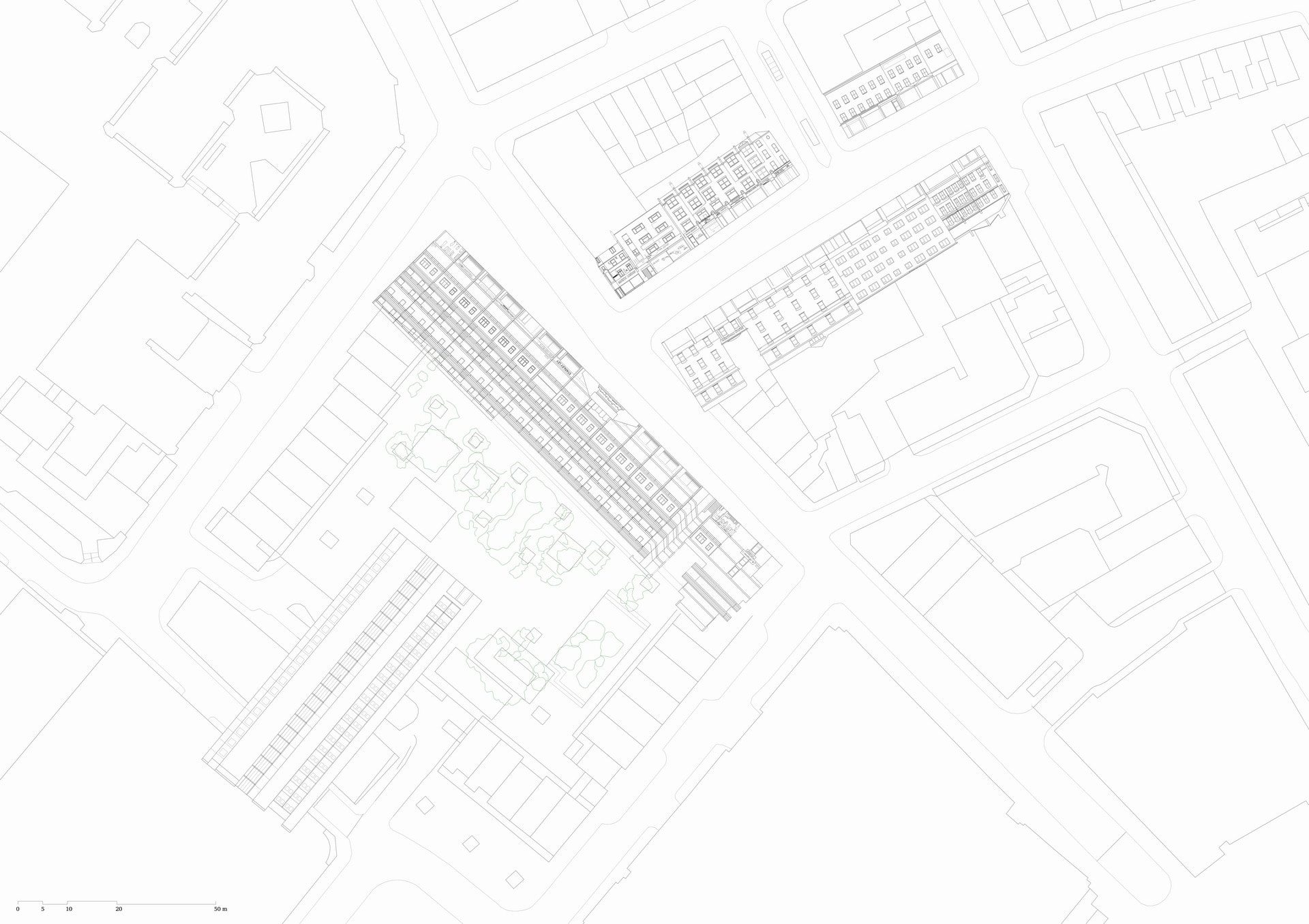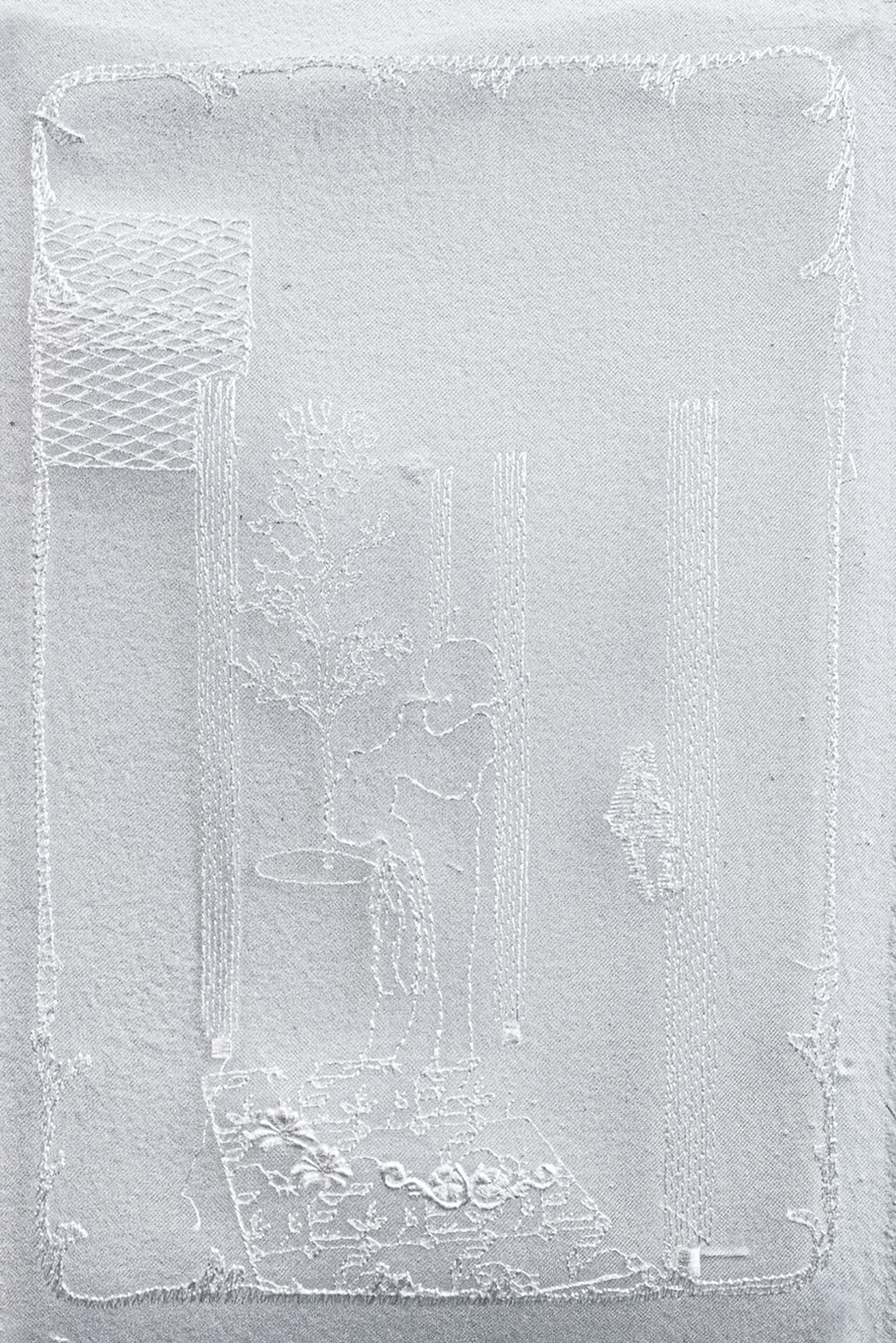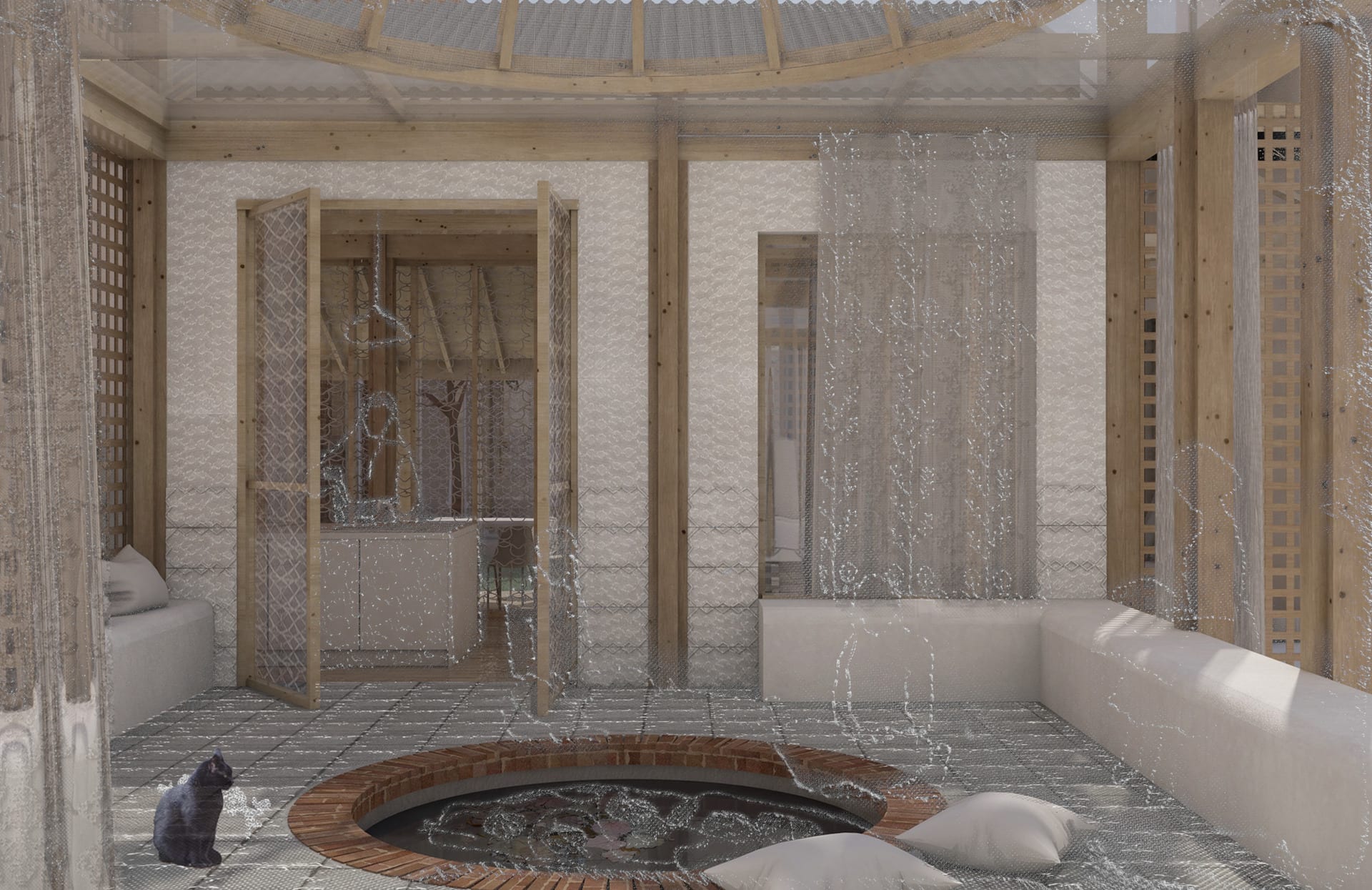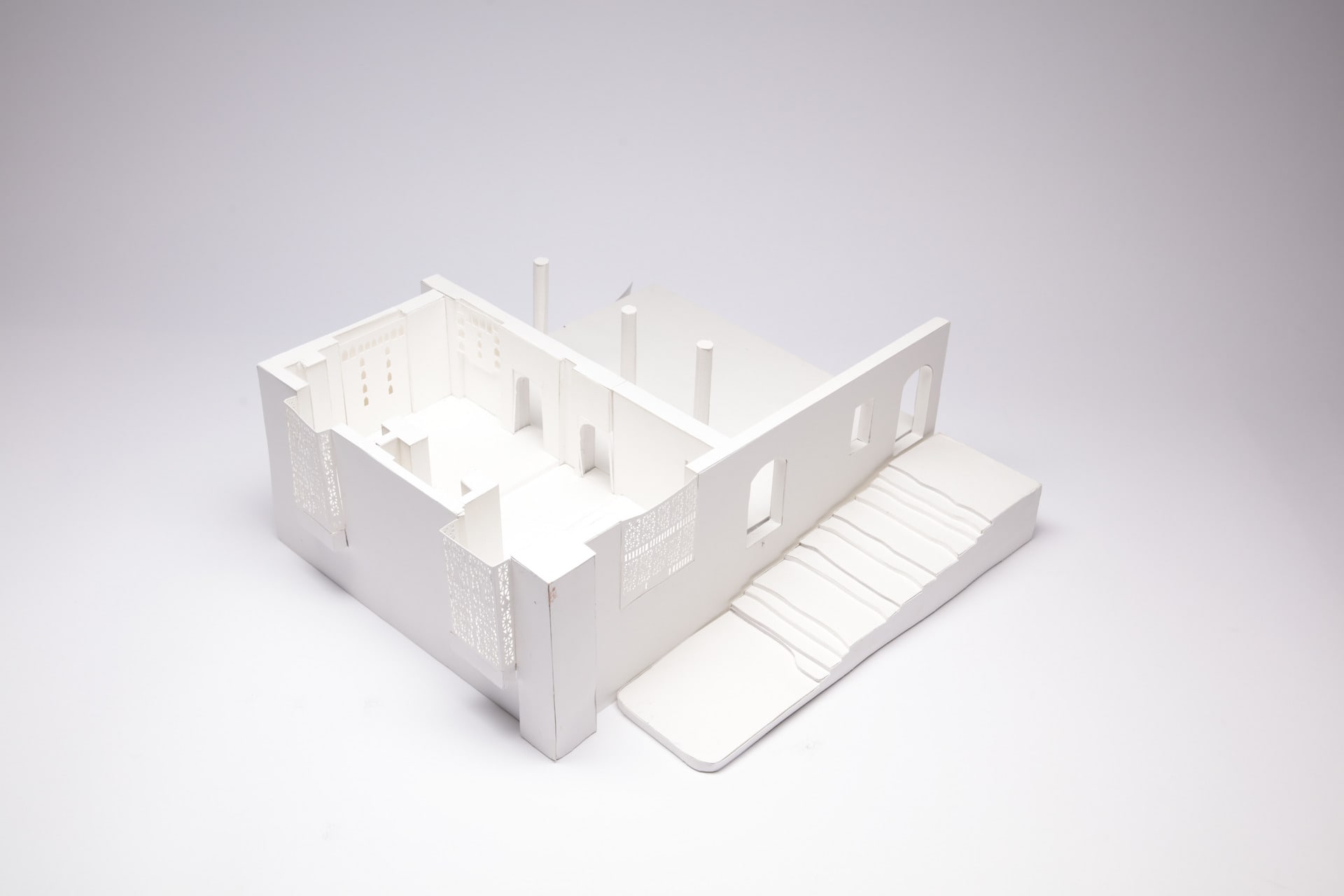Tailoring Resistance begins with the metaphor diasporic threads. This refers to the textile based material culture that enables a person to feel at home in the world. Diasporic threads also acknowledges the intergenerational and lateral connections that stitch, form knots and weave through in contexts of family, community and strangers.
Two objects I recently learnt of formed the start of an exploration of home and community space in relation to handmade objects. These are my great grandmother’s wedding dress, and my grandfather’s bag for his prayer shawl, both embroidered by his mother. The objects are at the centre of experiences of lived religion, intimate and community rituals, making practices, reproductive labour and gift giving. Through the objects I learnt of connections between people, places and other related objects, I sought for stories and skills which had been erased. This encouraged me to ask how oral histories and storytelling can become embedded in relationships of care in a community.
The objects drew me to the typologies of workspaces in which they were created and the cultural shift that has caused a loss of knowledge of how to make them. The project therefore asks, how do these connections and forms of labour physically stay present a city like London, where infinite layers of identities, cultures and values exist at the same time and overlap?
In this context, how can second generation migrants, and people of mixed heritage construct visions of community, and versions of historic memory to give narrative to daily life?
In the final proposal, the project reclaims a historic street in East London and creates a material frame for different grains of urban intimacy.
Image: Diasporic Threads. My grandfather's Tefillin bag made by my great grandmother. Inscribed with his Hebrew name Yehudah, which he later anglicised to Leon.






























